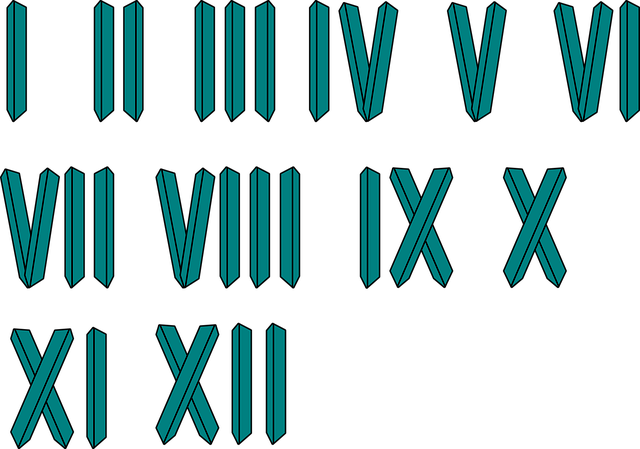
Roman numerals are a number system that originated in ancient Rome and is still used today in various contexts. While not commonly used in computer programming and software development, understanding Roman numerals can be useful when working with legacy systems or historical data. A Roman numeral converter is valuable in computer programming and software development for tasks such as parsing user input, converting Roman numerals to decimal numbers, and vice versa. It simplifies handling Roman numeral data, enables error checking, and ensures accurate processing and manipulation of numerical values within software applications.
Roman Numerals as Input:
In some programming scenarios, users may need to provide input in the form of Roman numerals. This section explains how to handle Roman numeral input and convert it to a usable format for computational purposes.
Roman Numerals in Output:
Occasionally, software applications may need to present information using Roman numerals. Whether it’s displaying a user interface element or generating reports, this section covers techniques for converting numeric output into Roman numeral format.
Roman Numerals in Data Processing:
When working with datasets that contain Roman numerals, programmers must consider proper handling and manipulation of this data. This section explores strategies for parsing, validating, and transforming Roman numeral data within programming languages.
Roman Numerals in Sorting and Comparison:
Sorting and comparing data that includes Roman numerals can be challenging due to their unique rules and symbols. This section delves into methods for correctly ordering and comparing Roman numeral values in algorithms and data structures.
Converting Roman Numerals to Arabic Numbers:
The conversion of Roman numerals to Arabic (decimal) numbers is a common task in programming. This section presents algorithms and code examples for accurately converting Roman numerals to their corresponding numeric values.
Converting Arabic Numbers to Roman Numerals:
The reverse process of converting Arabic numbers to Roman numerals is also important in certain scenarios. This section covers techniques for generating the Roman numeral representation of a given decimal number.
Error Handling and Validation:
Dealing with invalid or improperly formatted Roman numerals is crucial to ensure data integrity and prevent application crashes. This section discusses error handling strategies, input validation techniques, and tips for detecting and reporting Roman numeral-related errors.
Special Considerations for Legacy Systems:
Legacy systems may use Roman numerals for various purposes, and maintaining or integrating with such systems requires special attention. This section examines the challenges associated with working on legacy codebases that heavily rely on Roman numerals and provides insights into strategies for modernization and compatibility.
Roman Numerals in Date and Time Handling:
Roman numerals are occasionally used to represent dates, especially in historical contexts. This section explores how to handle Roman numeral dates and integrate them into date and time processing functionalities within software applications.
Practical Applications and Examples:
This section showcases practical use cases of Roman numerals in computer programming and software development. It includes examples such as generating Roman numeral outlines, encoding data using Roman numerals, and more.
Conclusion:
While Roman numerals may not be commonly encountered in modern computer programming and software development, they still have their niche applications. Understanding how to handle Roman numeral input and output, perform conversions, and address related challenges can enhance a programmer’s skill set and enable them to work effectively with historical or specialized systems that utilize Roman numerals. By embracing the versatility of numeral systems, programmers can tackle a broader range of scenarios and ensure their applications cater to various needs.